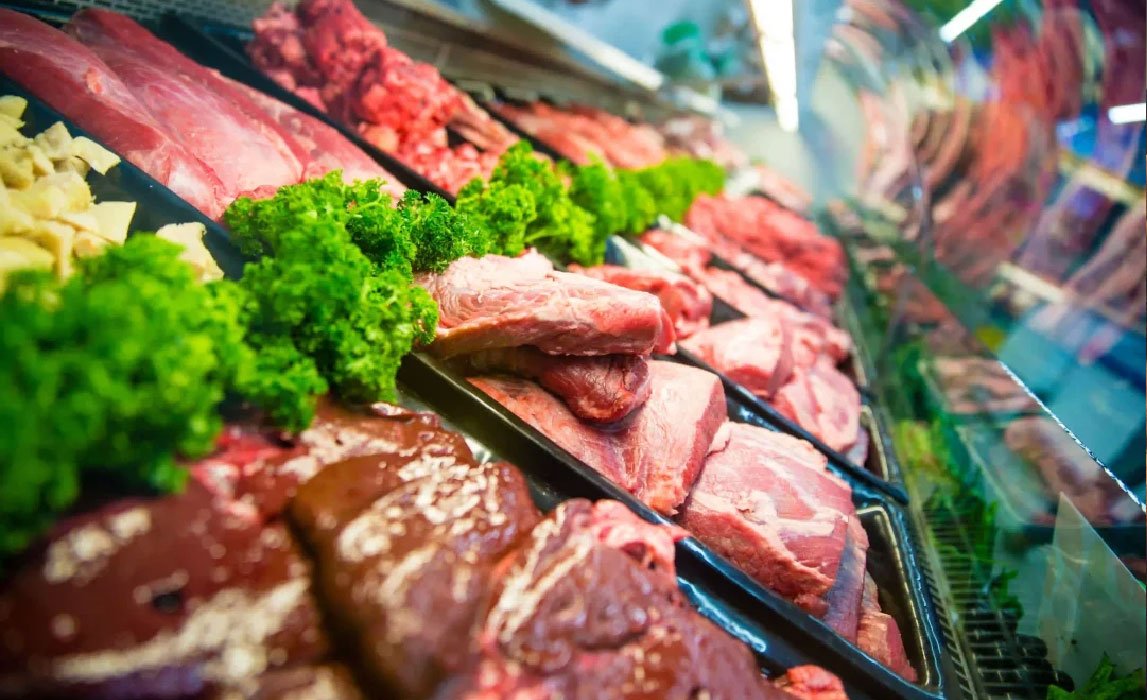The venerable craft of butchery has been a cornerstone of culinary traditions and economies for centuries. Serving as the vital link between the farm and the fork, butchers have long held a place of importance within society. Today, despite the rise of pre-packaged meat and industrial meat processing, there exists a strong resurgence and appreciation for meat butcher expertise – in the form of artisan butchery.
The Origins of Butchery
Butchery dates back to prehistoric times and developed in tandem with agriculture. As domestication of animals evolved, so too did the skills needed to expertly divide meat into cuts. In medieval Europe, the guild system protected the craft’s integrity, imbuing it with traditions and practices that survive to this day in artisan butchery.
Artisan Butchery: A Modern Renaissance
In recent years, there has been a burgeoning movement supporting artisan methods, including butchery. This renaissance harks back to a time where the butcher was not merely a vendor, but a custodian of culinary arts. As interest in food provenance, sustainability, and quality intensifies, so does the demand for artisan butchers.
Expertise and Craftsmanship
An artisan meat butcher represents more than a person equipped with knife skills; they embody a vessel of profound knowledge about meat science, animal husbandry, sustainability, and flavour. They must know precisely how to break down carcasses into various cuts that will yield the most robust flavours and appropriate textures for different recipes.
Education and Experience
Becoming a master butcher takes years of education and hands-on experience. Apprenticeship programs remain a critical pathway for imparting wisdom from seasoned professionals to novices. Aspiring butchers learn everything from making precise cuts to curing meats and creating complex charcuterie boards.
The Local Butcher: A Community Staple
The local meat butcher often serves as the heart of a community – providing quality meats, offering cooking advice, and fostering relationships with local farmers and customers alike. A trusted butcher strives not only to sell products but also to educate patrons on the benefits of responsibly sourced meat.
The Art of Butchery: Techniques and Tools
Artisan butchers must master an array of techniques, such as deboning, trimming, and portioning, to name a few. These skills ensure all parts of the animal are used efficiently, honouring the life given and reducing waste. The tools of this trade – from filleting knives to bone saws – are extensions of the butcher’s hands, requiring regular maintenance and respect.
Cuts Above the Rest
The hallmark of a master butcher is their ability to create perfect cuts of meat that are both aesthetically pleasing and optimal for cooking. They can identify and extract the choicest cuts, like a perfectly marbled rib-eye or a succulent pork belly, with dexterous ease.
Butchery and Gastronomy
The connection between artisan butchery and the culinary arts cannot be overstated. Chefs and butchers often collaborate to explore new cuts and methods that push gastronomic boundaries, leading to innovation in both industries.
Butchery and Sustainability
Artisan butchers are at the forefront of the sustainable meat movement. By fostering relationships with responsible farmers, they ensure animals are raised ethically and that every part of the animal is utilised. Their expertise also equips consumers with the knowledge to make more conscious decisions about their meat consumption.
The Whole-Animal Philosophy
Central to artisan butchery is the whole-animal philosophy, which emphasises the use of every part of the animal. This approach is inherently sustainable, as it minimises waste and maximises value. It also promotes a diversification of the diet, as consumers explore underappreciated cuts that artisan butchers skillfully prepare.
The Global Impact of Butchery
The resurgence of artisan butchery is not confined to one region; it is a global movement acknowledging the importance of meat quality, animal welfare, and culinary heritage. This is a field where tradition and innovation can coalesce to have a profound impact on food culture and the environment.
The Future of Artisan Butchery
As we look to the future, the role of the artisan butcher is more critical than ever. A new generation inspired by the craftsmanship and ethical standards of veteran butchers is beginning to emerge. They are tasked with preserving the art while adapting to ever-changing consumer needs and preferences.
Education and Advocacy
To sustain the craft, butchers must also be educators and advocates. It’s essential for them to pass their knowledge onto consumers, helping them understand the value of artisan butchery, and ensuring the craft’s methods and ethos are preserved for future generations.
Conclusion
Artisan butchery is a craft deeply rooted in history, yet squarely at the centre of modern conversations about food. In a world that is quickly evolving, the timeless skills of a meat butcher offer not just culinary delights but also a blueprint for a sustainable and ethical approach to our food system. As consumers continue to seek transparency and quality, the craft of meat butchery stands as a testament to the importance of preserving traditional skills in a modern context.
For More Information Visit Walkermagazine

















Leave a Reply